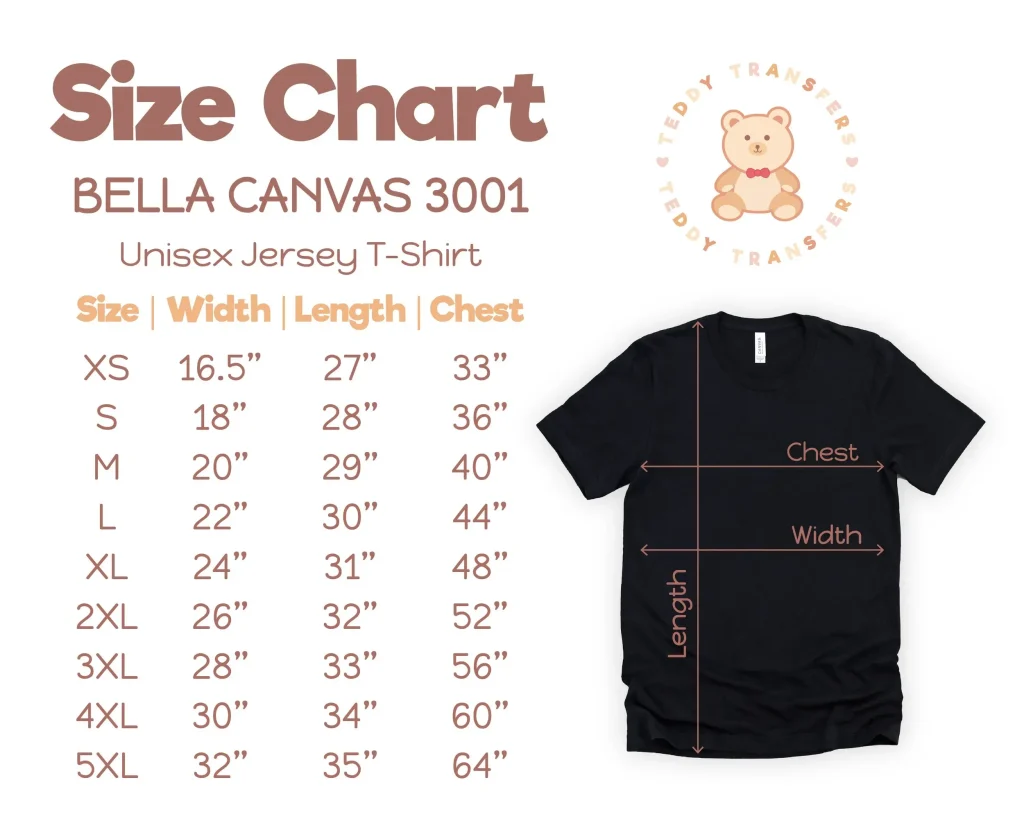DTF transfer by size is revolutionizing the way custom apparel printing is approached, offering a seamless fusion of quality and creativity. This innovative method, known as Direct-to-Film (DTF), utilizes high-resolution images printed on specialized films to achieve vibrant results across a range of materials. With the right heat press settings, users can ensure that their designs maintain impeccable detail and color quality control, which is essential for competitive printing. As the demand for personalized designs continues to surge, understanding the nuances of DTF film selection by size becomes crucial for achieving consistent, stunning results. Dive into this guide and discover how mastering DTF transfer by size can elevate your printing capabilities to new heights.
In the world of garment decoration, Direct-to-Film (DTF) technology is reshaping the landscape of custom design application. This technique employs advanced printing methods where high-quality images are transferred onto fabric through a heat application, promising durability and sharpness. Achieving the best results hinges on critical factors such as film dimension, heat application parameters, and meticulous design considerations. To fully leverage the capabilities of this printing technique, an understanding of its variations and the impact of sizing is vital. Whether you’re exploring custom prints for personal use or professional apparel businesses, the insights on optimizing DTF transfers will guide you toward success.
Understanding the Basics of DTF Printing Techniques
Direct-to-Film (DTF) printing techniques are revolutionizing the way custom apparel is produced. This method combines the best features of digital printing and screen printing, providing businesses with the ability to create vibrant, high-quality prints on a variety of fabrics. DTF is especially popular for its flexibility, allowing for intricate designs and vivid color reproduction unlike traditional methods, making it an ideal choice for custom apparel printing.
The cornerstone of successful DTF printing lies in understanding how the technology works. DTF printing employs a specialized transfer film that captures the design digitally before transferring it onto fabric using heat and pressure. This method not only enables the replication of full-color designs with precision but also allows for complex graphics and gradients that traditional transfers often struggle to execute.
Frequently Asked Questions
What factors should I consider when selecting DTF transfer film by size?
When selecting DTF transfer film by size, it’s crucial to ensure that the film matches the dimensions of your design. Wider films can accommodate larger designs without compromising quality. Additionally, choose high-quality DTF films that offer better adherence and resistance to fading, ensuring vibrant colors and durability.
How do I adjust heat press settings for large DTF transfers?
For large DTF transfers, adjust your heat press settings by increasing the temperature and extending the pressing time. Typically, press larger designs at 320°F (160°C) for 12-15 seconds, maintaining consistent pressure across the design to ensure even adhesion and optimal transfer quality.
Why is color quality control important in DTF transfer by size?
Color quality control is essential in DTF transfer by size to maintain the vibrancy and accuracy of your designs across different garment sizes. Adjust printer settings for ink saturation and resolution based on the size of the transfer, ensuring that larger prints do not bleed and retain sharp edges.
What role does design arrangement play in successful DTF transfers by size?
Design arrangement is critical in DTF transfers by size as it helps maximize film usage and minimize waste. Efficiently organize designs on the transfer film, especially for larger prints, using software to nest smaller designs together, thus optimizing your resources for each print run.
How can I ensure fabric compatibility when using DTF transfers?
To ensure fabric compatibility in your DTF transfers, use materials like cotton, polyester, and their blends, which are well-suited for the DTF process. Testing transfers on scrap fabric beforehand can help identify potential adhesion issues and confirm that prints will withstand washing.
What are the recommended practices for testing DTF transfer quality by size?
Recommended practices for testing DTF transfer quality by size include performing test prints on various fabric types and designs. Experiment with different sizes to assess adherence, color vibrancy, and overall durability, allowing you to adjust settings for optimal results before starting larger production runs.
| Key Points | Details |
|---|---|
| Overview of DTF Transfer Technology | DTF transfer is a versatile and quality printing method suitable for various fabrics. It produces vibrant colors and durable prints, blending screen and digital printing techniques. |
| Choosing the Right Film | Film size must match design dimensions. Wider films are ideal for larger designs, ensuring quality and durability. |
| Printer Settings Adjustments | Adjust color settings, temperature, and pressure based on design size to prevent bleeding and ensure clarity. |
| Heat Pressing Techniques | Use appropriate heat and time for size. Larger transfers need consistent pressure and specific temperature settings. |
| Design Arrangement | Optimize design layout on the film to minimize waste. Nest smaller designs to maximize film usage. |
| Testing for Quality Control | Conduct test prints to perfect settings and ensure designs maintain vibrancy through testing. |
| Additional Tips | Choose compatible fabrics, maintain equipment, and use high-quality inks for best results. |
Summary
DTF transfer by size is an essential aspect of modern garment printing that ensures high-quality prints through careful selection and adjustment of techniques. By understanding the importance of film choice, printer settings, and heat application, printers can achieve vibrant, durable designs consistently. As the demand for custom apparel continues to grow, mastering these principles will not only enhance print quality but also deepen customer satisfaction. Embracing these techniques aligns with the advancements in DTF technology, paving the way for innovative printing solutions that cater effectively to market needs.

